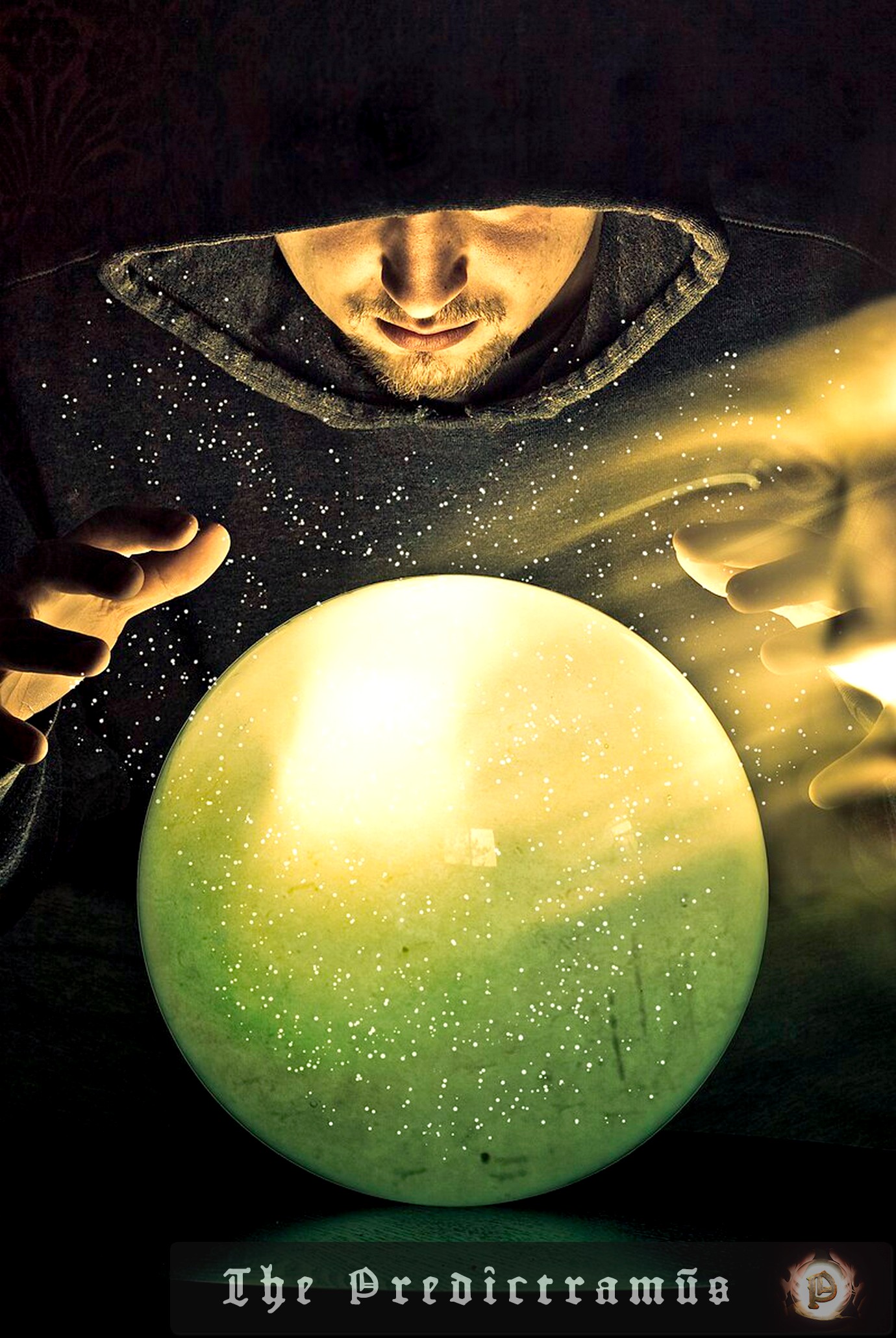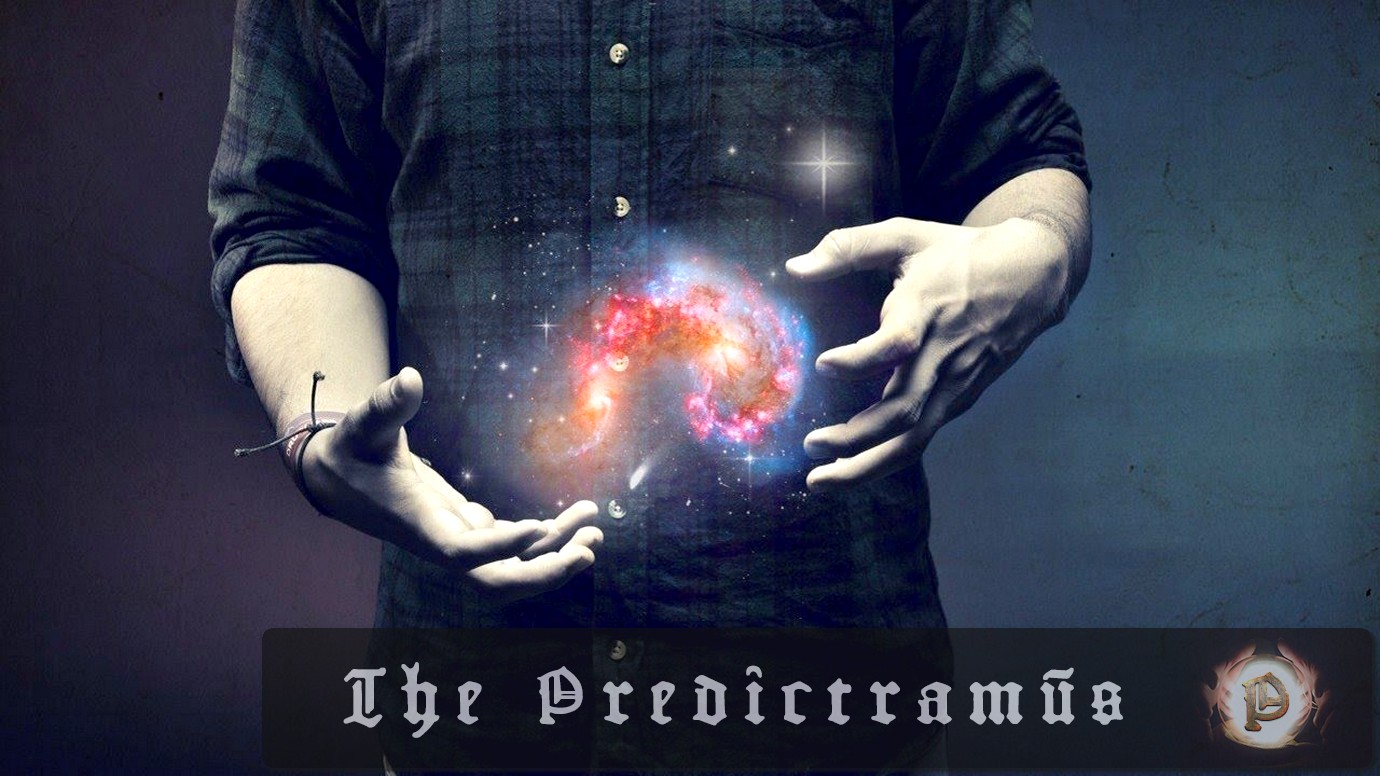Researchers in Europe have discovered that as few as five electrons in a semiconductor can exhibit collective behavior, forming a “Coulomb liquid.” This breakthrough extends the study of correlated systems to electron plasmas and could lead to the study of other exotic phases of matter. The team created a Y-shaped junction and measured the behavior…
Physics on The Soothsayer / page 4
Researchers at Leiden University have made a groundbreaking discovery, using X-rays to detect a cosmic filament that connects clusters of galaxies. This finding supports the idea that much of the universe’s normal matter resides in these structures, which were previously thought to be elusive and hidden deep within intergalactic space. The study strengthens the Standard…
Scientists at Northwestern University and the University of Wisconsin-Madison have made a groundbreaking discovery in the field of optics. They found that a centrosymmetric crystal, which was previously thought to be incapable of absorbing circularly polarized light differently, exhibits this property. This finding has the potential to revolutionize the development of new technologies that control…
Researchers at the University of Oxford and Portugal have developed a computational paradigm that can accurately simulate interactions between powerful laser beams and quantum fluctuations in a vacuum. This breakthrough could lead to new insights into the quantum nature of the vacuum and has the potential to revolutionize our understanding of the fundamental laws of…
Researchers from the US and France have made a groundbreaking discovery in quantum physics, finding a way to induce superfluorescence at room temperature in a lead halide perovskite. This phenomenon, typically observed at cryogenic temperatures, could lead to the development of materials that host exotic coherent quantum states under ambient conditions. The team’s findings, published…
A groundbreaking experiment at the Thomas Jefferson National Accelerator Facility has shed new light on the behavior of gluons inside atomic nuclei. By studying the rare process of photoproduction, researchers have gained a deeper understanding of how gluons are distributed in nuclear matter, a crucial step towards understanding the nature of protons within nuclei. The…
Researchers from Belgium and France have made a significant breakthrough in microwave photonics by developing a single silicon chip that can process both optical and microwave signals. This innovation has the potential to revolutionize wireless communications by enabling smaller, more energy-efficient devices that can transmit high-speed data. The chip’s versatility and scalability make it an…
A recent study by the Ecole Polytechnique in Paris has discovered that the majority of occupations in the French labour market act as “condenser” occupations, attracting workers from various backgrounds but offering limited options for further mobility. The researchers used a statistical physics analysis to identify four main clusters of jobs, including “diffuser,” “channel,” “hub,”…
Physicists in Japan and India have made a groundbreaking discovery in laser acceleration, which could triple the energies achievable in proton accelerators. The team used computer simulations to design a specially shaped target that enhances the acceleration process, allowing for longer and more efficient acceleration. This breakthrough has the potential to revolutionize fields such as…
Researchers at the National Institutes for Quantum Science and Technology (QST) in Japan have developed an ultrasensitive small-animal PET scanner that enables sub-second dynamic imaging of a rat. This breakthrough technology has the potential to revolutionize the diagnosis and treatment of cardiovascular and neurodegenerative diseases by providing total-body rodent PET images with sub-second temporal resolution….










